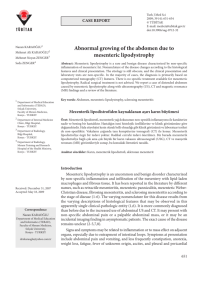PPT - Cochin GUT Club
advertisement
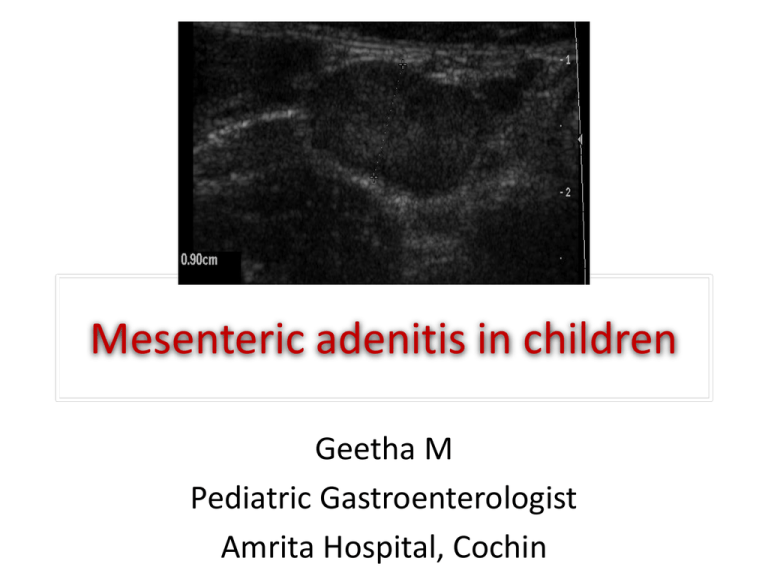
Mesenteric adenitis in children Geetha M Pediatric Gastroenterologist Amrita Hospital, Cochin Scenario • • • • • • Mesenteric Lymphadenopathy not a diagnosis Incidental finding in Recurrent Abdominal Pain USG abdomen is one primary investigation Organic causes 4-11% USG findings- Mesenteric nodes, GB Stones ? Significance MLN • Medical literature • Pediatric Literature – specific inflammation by Yersinia, Staph, Salmonella • Radiological literature - LN > 5mm size • What is the significance? What is mesenteric adenitis? • 3 or > LN • 4 mm or > in short axis: 8mm > in long axis Rao PM, Rhea JT, Novelline RA. CT diagnosis of mesenteric adenitis. Radiology 1997; 202:145–149. • Primary- when LN are the only finding • Secondary – when another pathology is identified • Incidence varies Measurement of LN Causes - Local Infections • • • • Gastroenteritis Appendicitis Parasitic infections IBD Parasitic Infection • • • • • • Parasitic infec is a cause of RAP ?? Cause for MLN?? 2002-2008 , 224 children with RAP 89 boys: 135 girls ; Mean age 9 yrs Ped sonologist Short axis >8mm = enlarged MLN Enlarged mesenteric lymph nodes in children with recurrent abdominal pain: Is there an association with intestinal parasitic infections? Fraukje Wiersma et al Contd…….. • • • • • All children had MLN at least 5mm 86% (193/224) - had all nodes < 5mm 6/224 (2.5%) > 8mm: 25/224 (11.2%) 5-7mm None of the 6 had parasites 25% (56) had parasitic infection – 47 - < 5mm – 9 – 5-7 mm • Concluded – not related to parasitic infection Simanovsky N et al. Importance of sonographic detection of enlarged abdominal lymph nodes in children. J Ultrasound Med 2007; 26:581-584 Infections associated with MLN • • • • • Yersinia enterocolitica - RIF syndrome Atypical Mycobacteria Campylobacter spp Coxackie virus, EBV HIV Jelloul I, Fremond B, Dyon JF, Orme RI, Babut JM. Mesenteric adenitis caused by Yersinia pseudotuberculosis presenting as abdominal mass. Eur J Pediatr Surg 1997; 7:180–183. Nilehn B, Sjostrom B. Studies on Yersinia enterocolitica. Occurrence in various groups of acute abdominal disease. Acta Pathol Microbiol Scand 1967; 71:612-628. Symptomatology • • • • • • Mostly asymptomatic Diffuse abd pain – sometimes localised in RLQ Concomittant/ antecedent URI Anorexia Diarrhoea Nausea/ vomiting Symptoms………….Contd • • • • • Fever Rhinorrhoea RLQ tenderness 20% peripheral lymphadenopathy LN Biopsy – mostly reactive/ non – specific inflammation Early Studies • LN > 4mm in AP diameter – 4% asymp children Sivit CJ, et al. Visualization of enlarged mesenteric lymph nodes at US examination. Pediatr Radiol 1993; 23:471-475 • 10-20 mm long axis 89% asymp children Healy MV, Graham PM. Assessment of abdominal lymph nodes in a normal pediatric population: an ultrasound study. Australas Radiol 1993; 37:171–172. • MLN (long axis) in almost all children Watanabe M, Ishii E, Hirowatari Y, et al. Evaluation of abdominal lymphadenopathy in children by ultrasonography. Pediatr Radiol 1997; 27:860–864 CT and MLN • All non contrast CT images done for renal stones were evaluated for MLN • 33/61 had MLN mostly in RLQ • Max size 10 mm – also in RLQ • Cluster of 3 nodes – RLQ • 5mm size nodes – in almost all • Hence a measurement of 8mm or > chosen Karmazyn B, Werner EA, Rejaie B, Applegate KE. Mesenteric lymph nodes in children: what is normal? Pediatr Radiol 2005; 35:774-777 Which size is significant ? • MLN in children – asymptomatic and RAP • 200 children • Acute abd / RAP/ others Group I (24) Group II (65) Group III (111) > 5mm 83.3% 73.8% 64% > 8 mm 41.6% 32.3% 27% > 10mm 22.1% 27.6% 9.9% • Only > 10 mm was statistically significant Importance of Sonographic Detection of Enlarged Abdominal Lymph Nodes in Children Natalia Simanovsky, MD, Nurith Hiller, MD. J Ultrasound Med 2007; 26:581–584 Does Size Matter ? • LN > 4mm seen in 4-64% asymp children Sivit CJ, et al. Visualization of enlarged mesenteric lymph nodes at US examination. Pediatr Radiol 1993; 23:471-475 Rathaus Vet al Enlarged mesenteric lymph nodes in asymptomatic children: the value of the finding in various imaging modalities. Br J Radiol 2005; 78:30-33 • 14-83% of symp children • MLN are seen in all children – asymp, sympacute abd, CAP, gastroenteritis • Tendency to have larger nodes in acute infect • As an isolated finding – not much importance Nan Fang Yi Ke Da Xue Xue Bao. 2011 Mar;31(3):522-4. [Enlarged mesenteric lymph nodes in children: a clinical analysis with ultrasonography and the implications]. [WANG WG, TIAN H, YAN JY, LI T, ZHANG TD, ZHAO YP, ZHANG LY, XING HG. Distribution of EALNs of 5 mm or larger in the shortest diameter by age Importance of Sonographic Detection of Enlarged Abdominal Lymph Nodes in Children Natalia Simanovsky, MD, Nurith Hiller, MD. J Ultrasound Med 2007; 26:581–584 Indian Experience • • • • • • MLN almost universally seen Enlarged nodes > 8mm upto 20mm If isolated and clinically well – only follow up If symptomatic - course of antibiotics Usually pain tends to settle but nodes persist If persistent and symptomatic - evaluate Conclusions • Frequent in asymptomatic children • Nodes 10 mm or > in setting of abdominal pain – considered as ML • Usually increase in size till 10 yrs and then regress • Mostly non specific – but follow up if necessary

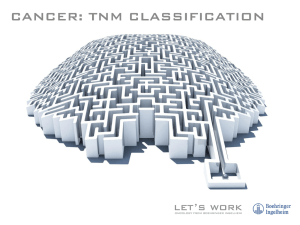

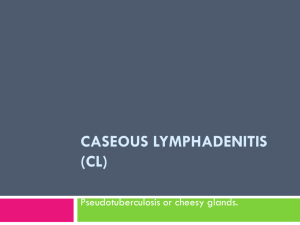
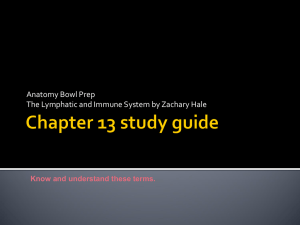


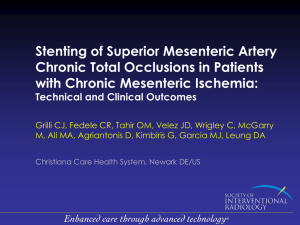
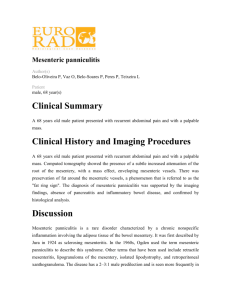
![Paper_Prof_Wang_final1[1]](http://s3.studylib.net/store/data/005836194_1-85fb8d8882c087decd1a6d9c9fdc99c0-300x300.png)
